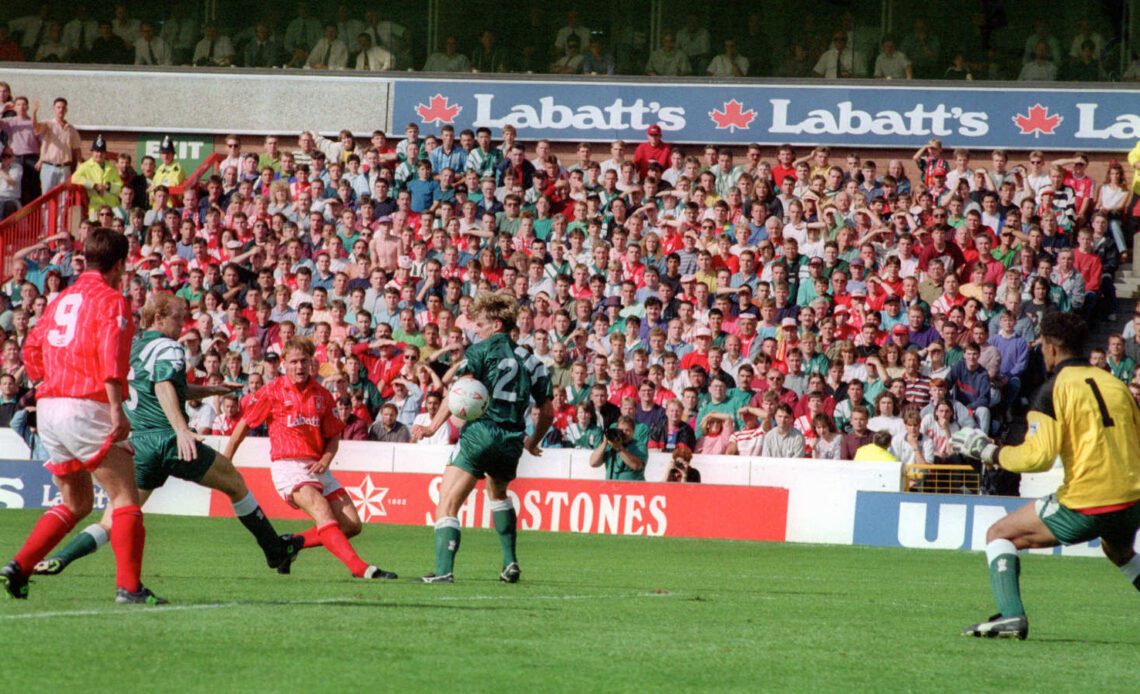It’s the 30th anniversary of the formation of the Premier League this year, but how did this breakaway come to pass?
As the 30th anniversary of the start of the Premier League draws closer, we can expect a slew of think-pieces on how this league changed football forever. The growth of this division has changed the shape of the game across this country, the whole of Europe and beyond, tipping the balance of power within English football permanently in favour of the biggest clubs and making leagues across Europe scramble to try and secure television contracts that come close to matching that enjoyed by this ever-so-slightly-rotating cast of 20 English clubs.
But none of this was easy to predict in 1992, when the game in this country was still in a delicate condition. The twin disasters of Bradford and Heysel in May 1985 came within less than three weeks of each other, and both told fundamental truths about the decrepitude of the game in this country. The inquiry that followed the fire at Valley Parade on the May 11 1985 that killed 56 people showed that a large number of grounds in this country were little more than death traps, rendered unsafe by decades of little to no investment in infrastructure. Events in Brussels 18 days later felt like the inevitable culmination for a decade’s worth of English hooliganism in European football, running headlong into that failure to ensure that stadia were safe. 39 people died that night, and English clubs were summarily banned from European club competitions. If anything, it was a miracle that the national team wasn’t similarly castigated.
If there was a feeling that, even after the events of May 1985, still not enough was being done to ensure the safety of spectators at matches, that culture of containment came home to roost on the April 15 1989 at Hillsborough. More people dead than had died at Valley Parade and Heysel combined, all accompanied by what was identified very quickly as a cover-up in the press, as vested interests scrambled to blame Liverpool supporters for their own deaths. But what came next was genuinely transformational. The Taylor Report suggested a raft of changes that would finally modernise stadia, giving clubs no choice but to finally drag their facilities into the 1990s, while an unexpectedly strong – if at times fortuitous – performance by the England team at the 1990 World Cup breathed optimism through the game here, with crowds starting to tentatively rise again.
The…
Click Here to Read the Full Original Article at Football365…

